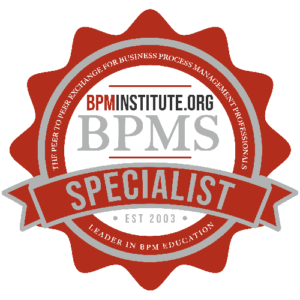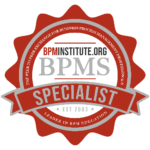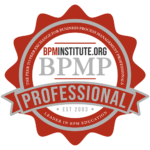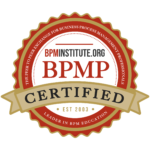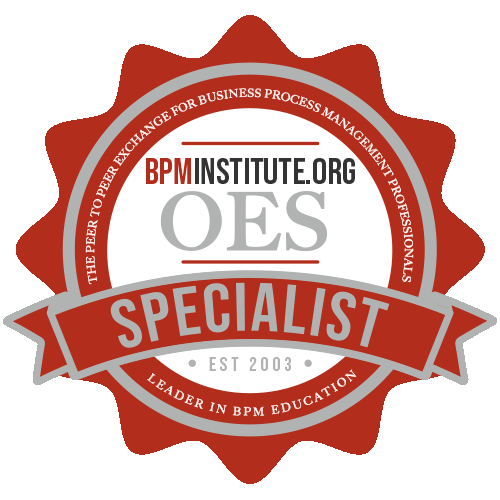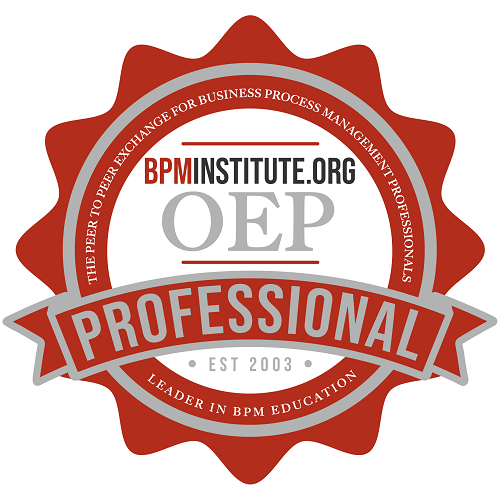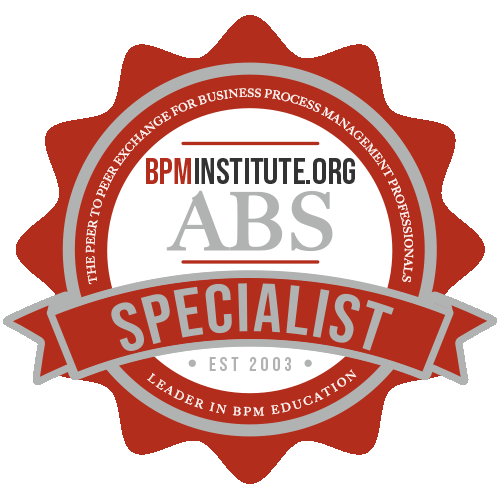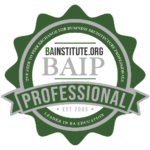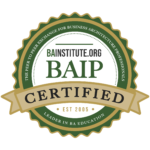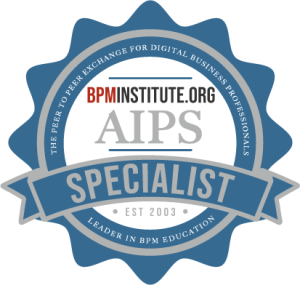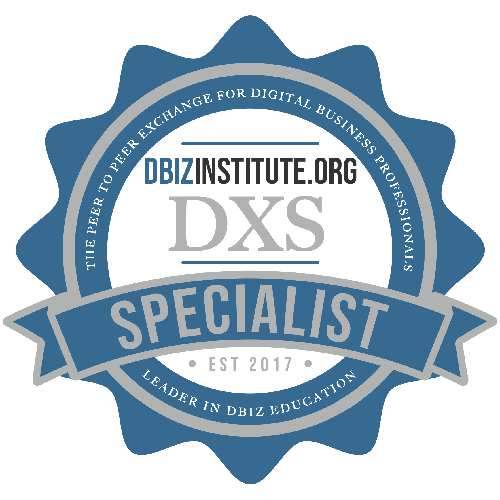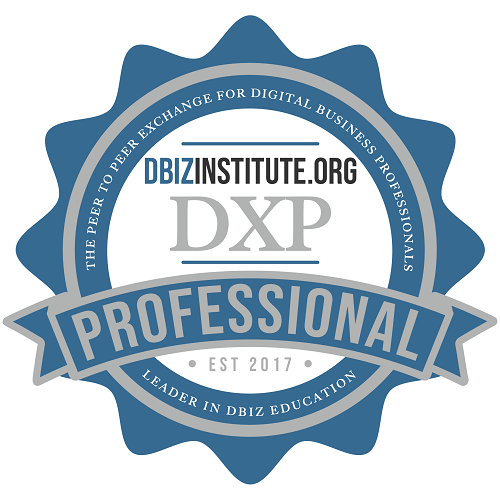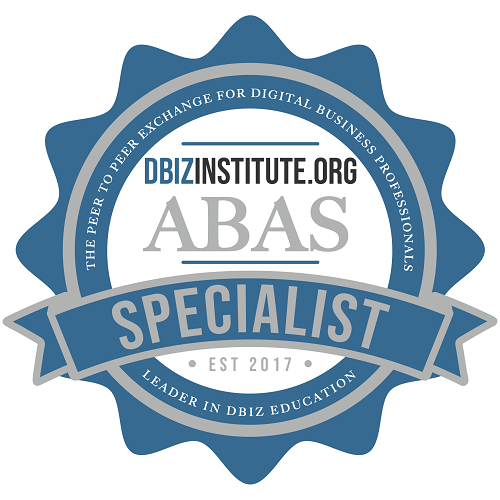Dr. Bruce Silver is an independent consultant and industry analyst specializing in enterprise content management and business process management technology. He writes the monthly “Business Rules” column for Transform magazine, as well as numerous white papers and reports available at www.brsilver.com. His new report, “The Manager’s Guide to BPM Software,” provides an in-depth review of BPM technology and vendor offerings.
While they may look and sound the same, especially when you listen to the salespeople, BPM software solutions don’t all do the same thing. Each offering is optimized for a specific set of processes, integration requirements, human interface and exception-handling requirements, and performance management requirements. Each makes specific assumptions about the roles and required skills of process designers. Finding the BPM solution that fits your needs best is not an easy task. A lot of homework needs to be done. Silver covers the process in this presentation.
He began his talk by stating the three promises of BPM. These promises are generally being made by software vendors to their business clients. They include:
- The modeling promise includes the ability to have executable end-to-end business processes, combining straight-through processing, human workflow, application integration and exceptions and transactions
- The integration promise assures the ability to link with any external system regardless of location, platform, communications, programming language or model
- The management promise is business metrics that can be viewed in real-time with real-time alerts and actions triggered by deviations from the target business metrics and service level agreements.
Silver pointed out that BPM is the unification of three separate sets of software technologies: workflow, EAI, and performance management/business intelligence.
Things to consider in product selection include:
• What type of process
• Who defines and maintains the model
• Single solution or reusable platform
• Performance management requirement
• Technology maturity
• Vendor maturity
The key selection criteria to use include:
• Fit with business process type (has to fit YOUR business processes)
• Process design and deployment (Who designs the solution?)
• Integration (products differ in this area)
• Performance management (also differs widely between products)
• Value out of the box
• Traditional IT values of supplier/software maturity and fit
Many factors go into designing a BPM solution. These include:
• Structured vs. Collaborative/ad hoc flow requirement
• Degree of process change (are the rules fixed or do they constantly change?)
• Data or content-centric?
• Application integration requirements
• Is the process subject to external events ‘in flight’? (order modification or cancellation)
• What are your transaction recovery requirements?
• How scalable do you need it to be?
The data-centric, integration-oriented vendors include IBM, Tibco, BEA, Microsoft, WebMethods and Vitria. The data-centric workflow-oriented vendors include Fuego, Intalio, Collaza, IBM, Staffware (Tibco) Savvion and Lombardi. While the content-centric workflow-oriented vendors are FileNet and Documentum. Silver uses his own system for evaluating vendors, and there are large differences in how these vendors are rated, even among the groups that do it all the time, such as Gartner and Meta Group.
Process design and deployment is another criterion for choosing a vendor. With some vendors, much more programming is required. Process design is a team effort requiring cooperation between the business side and IT. The latest BPM idea is “process without programming,” which accesses existing apps as services. Data transformers convert process data to message schemas. It is loosely coupled with reusable processes. Some products offer many transformers while others only offer a few. There is also a lot of variation in how the vendors model the task user interface. This interface is much more than a static web page. It contains the task instructions, form data fields, and content attachments along with the actions involved. Making the task interface can be a major development cost.
Performance management needs to monitor historical and real-time process data to create the management dashboards. The vendor products all handle this area differently, some better than others.
The BPM offerings vary widely along these areas:
• Type of process assumed
• Modeling skills required
• Integration architecture
• Performance management features
• Product maturity
The problem, according to Silver, is that marketing makes all of them sound alike. There are major differences and some vendor solutions will work for you while others won’t. Getting a good fit means doing your homework to understand just what kind of solution you need.




